A product has been added to the basket
LAMY: A Pen is Born

LAMY: A Pen is Born
German manufacturing is synonymous with reliability and exacting standards of quality control – and LAMY is no exception. Since founding in 1930, they’ve become one of the world’s leading pen brands. Customers value their pens for comfort, affordability and functionality, whilst awards organisations have handed down countless accolades for their bold, Bauhaus-inspired designs. We’ve compiled this article to show the stages of creating a LAMY pen, the advanced technology and specialist machinery required, and the remarkable levels of skill and craftsmanship involved...
 LAMY's headquarters in Heidelberg, Germany. Photo credit @ Wikipedia.
LAMY's headquarters in Heidelberg, Germany. Photo credit @ Wikipedia.
Design
1. Each pen starts life as series of technical drawings.

2. The drawings are then digitalised…

3. …and turned into 3D models.
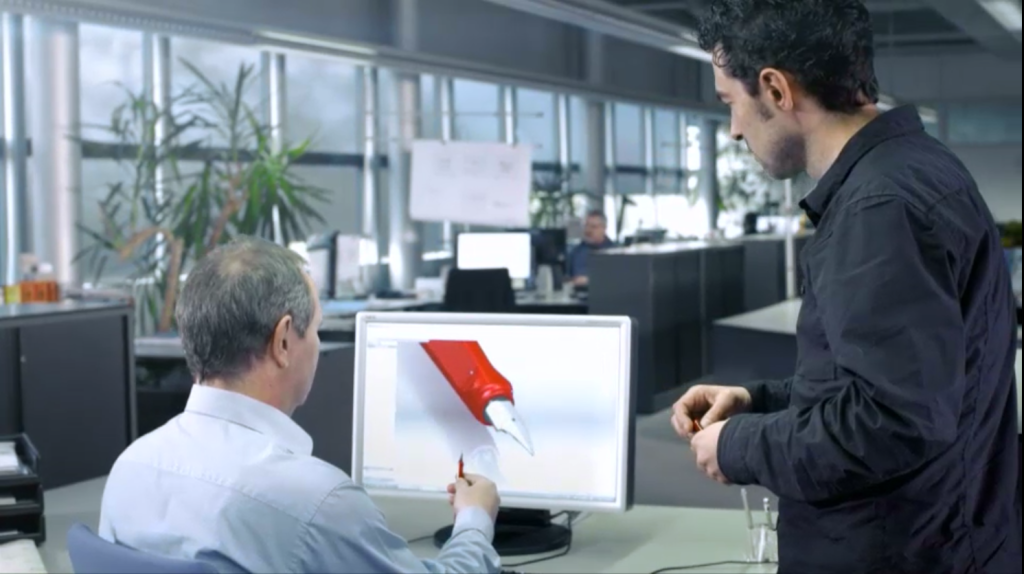
4. Next, a prototype is made.
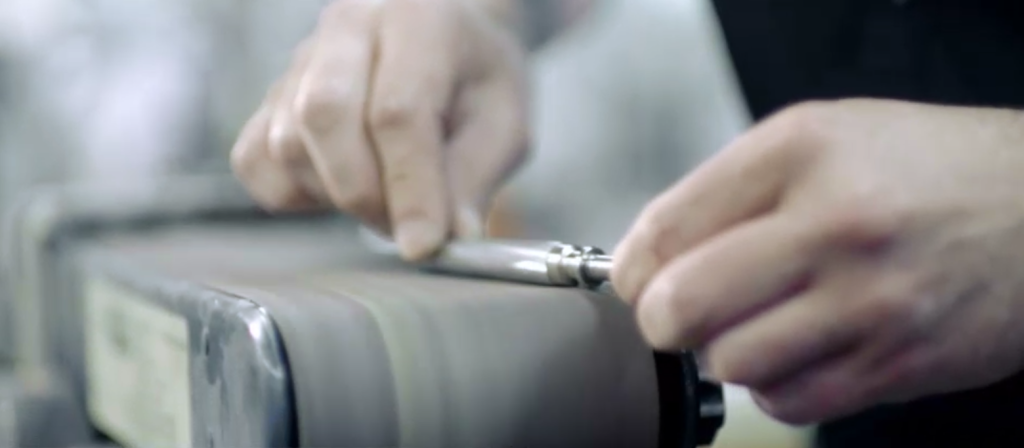
5. Prototypes are produced almost entirely by hand by expert engineers.
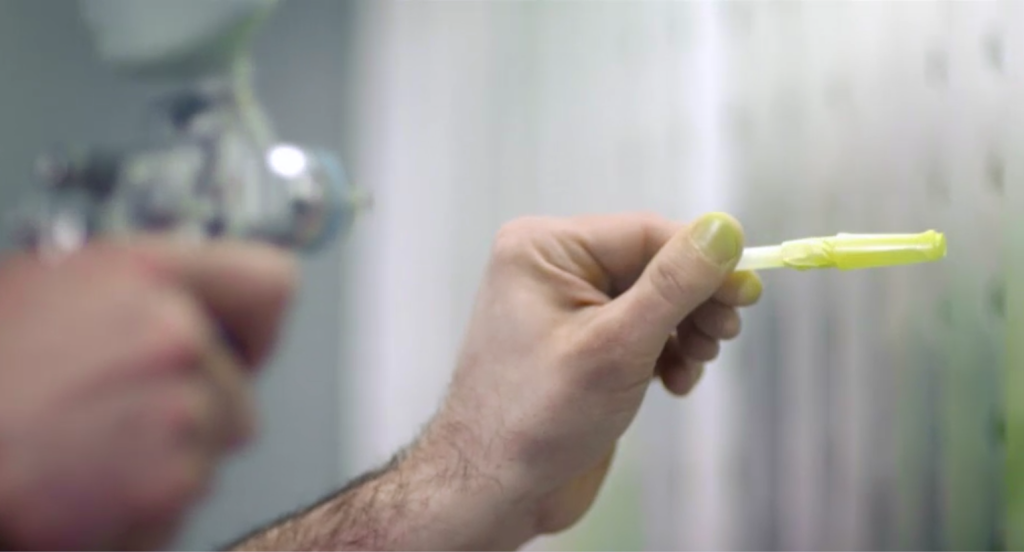
Production
6. Before production begins, tools are required. All the machines used for injection moulding plastics are designed and made in-house.
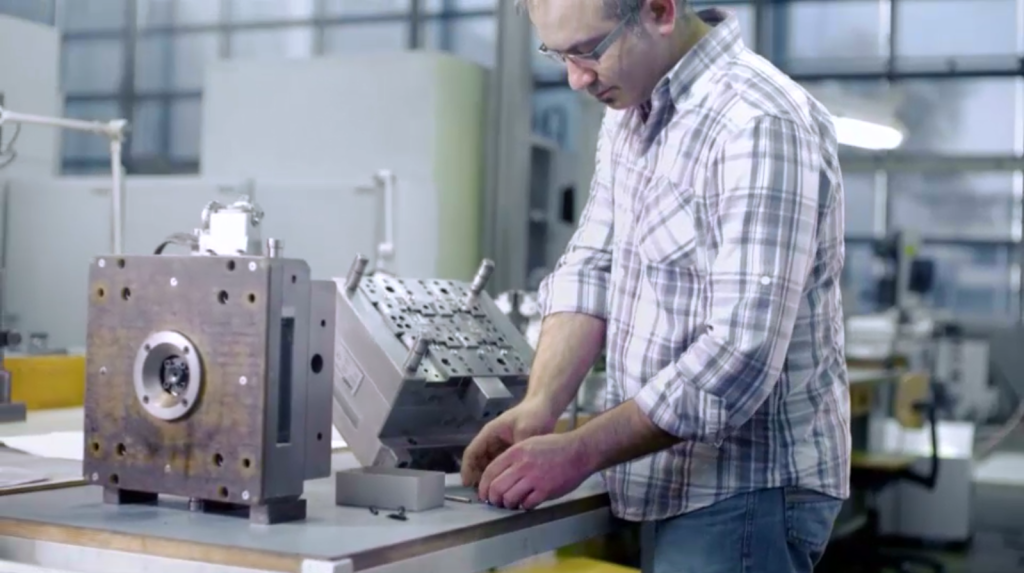
7. Machines like these allow the production line to run with a high degree of automation. This maximises output, allowing the one LAMY factory to produce enough pens to meet global demand.
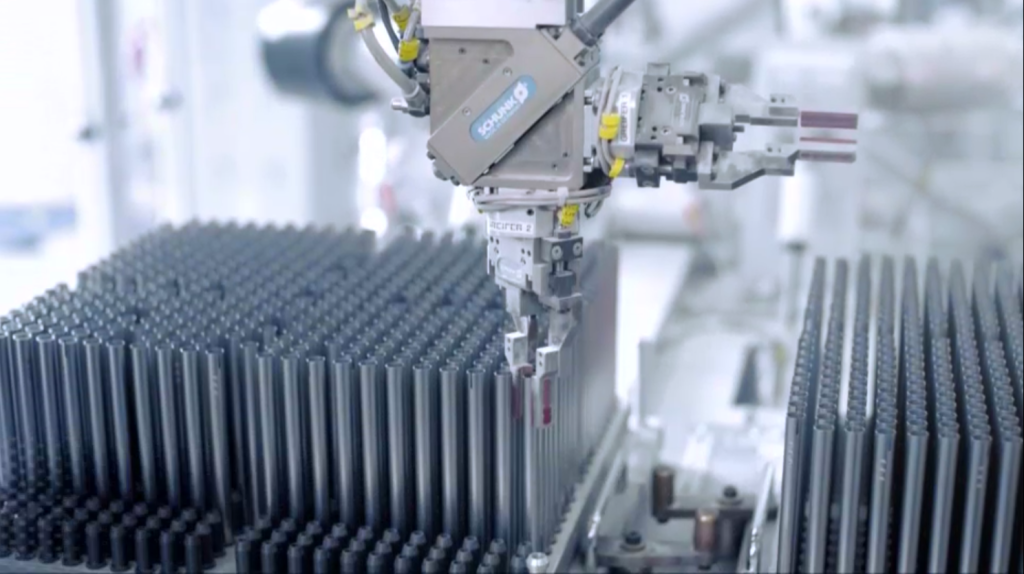
8. The more fiddly stages, such as filing down the nibs, are done by hand.
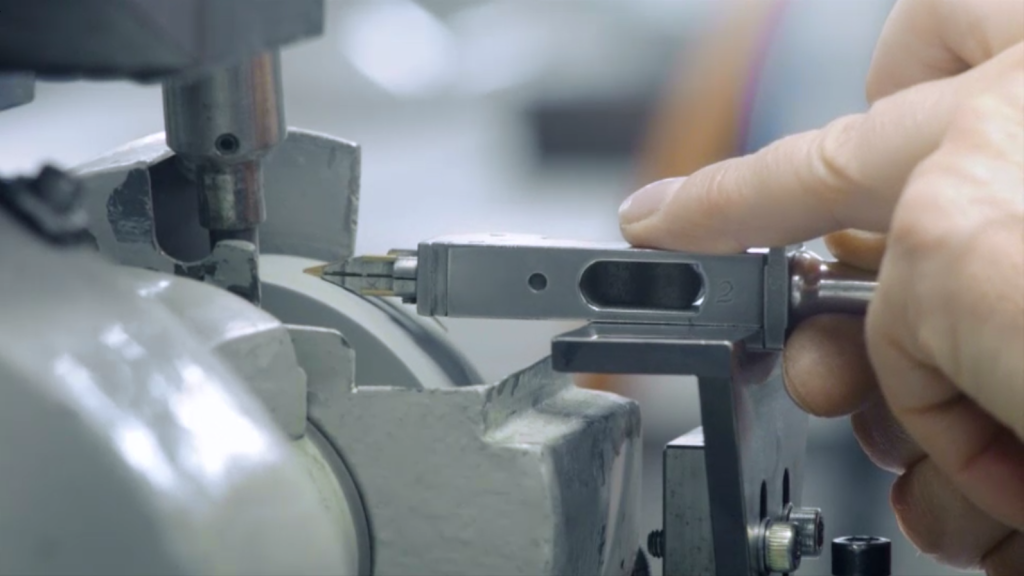
9. They are then closely examined before being fitted to the pens. Unlike most pen brands, LAMY offers one easy-change nib to fit the most of their models, including the safari, AL-star, abc, and studio.
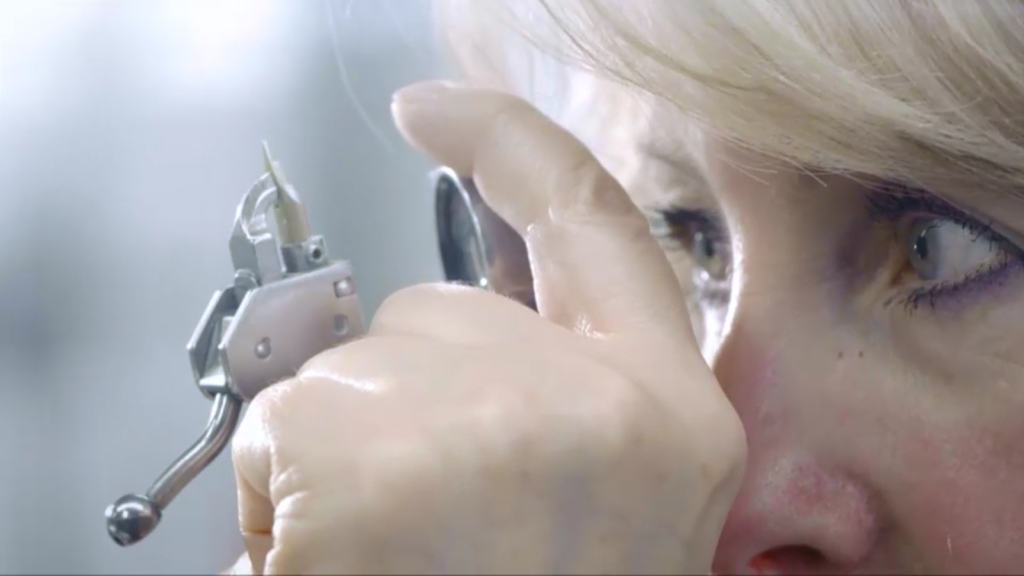
10. All LAMY’s refills are also made in-house. This includes the special cartridges required by LAMY fountain pens.
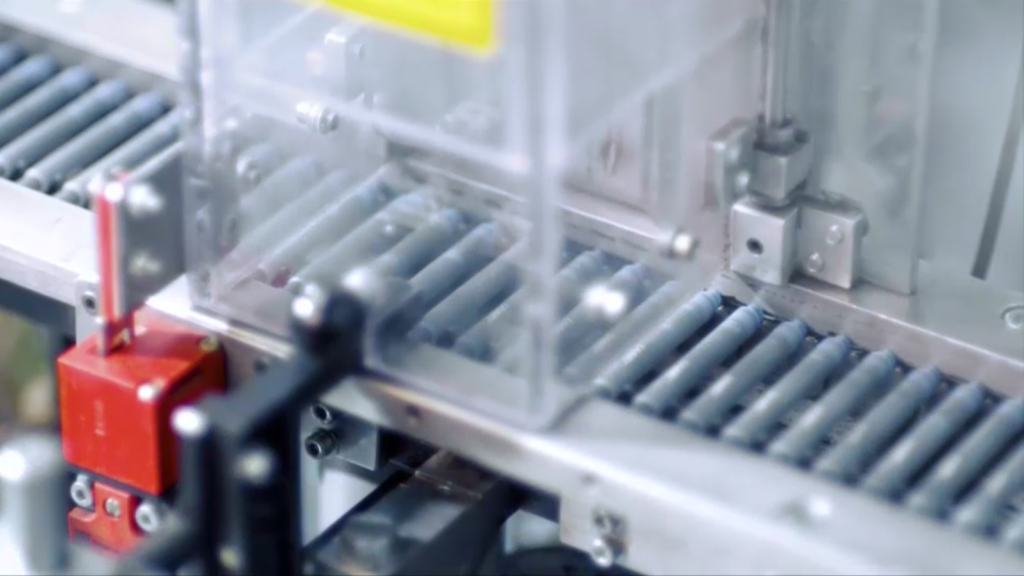
11. A sample of each batch of refills is tested by machine before being distributed for sale. These exacting standards of quality control have given LAMY’s products a reputation as some of the most reliable on the market.
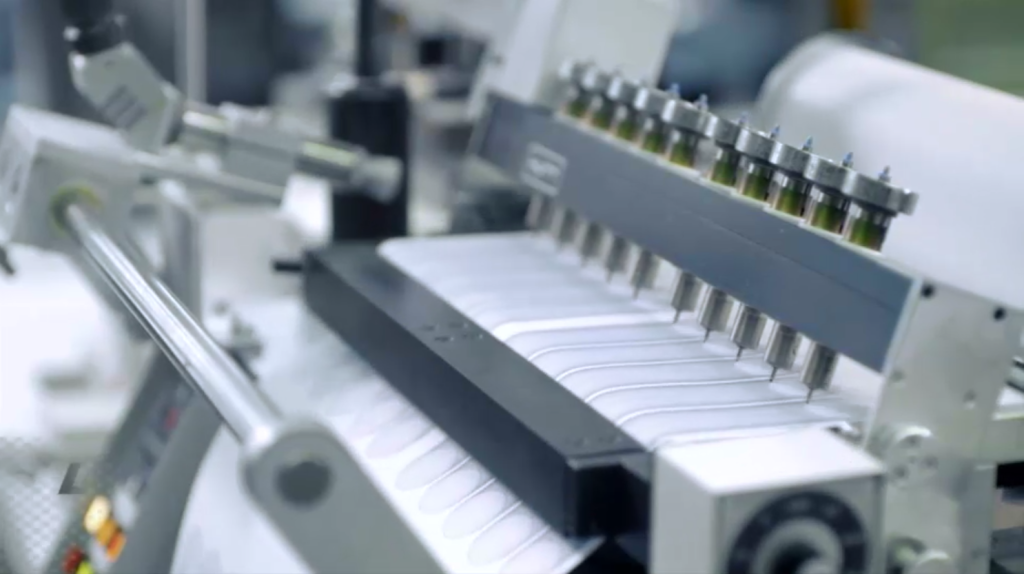
12. Assembly is automated where possible. This image shows a robot screwing together the two main parts of a LAMY safari fountain pen.
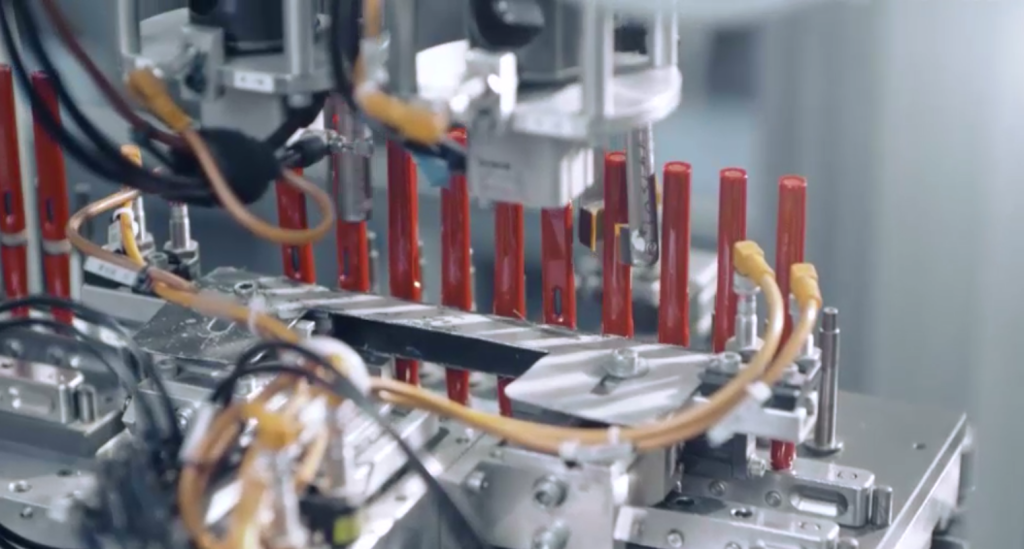
13. Fine details on more complicated models, however, require a human touch.
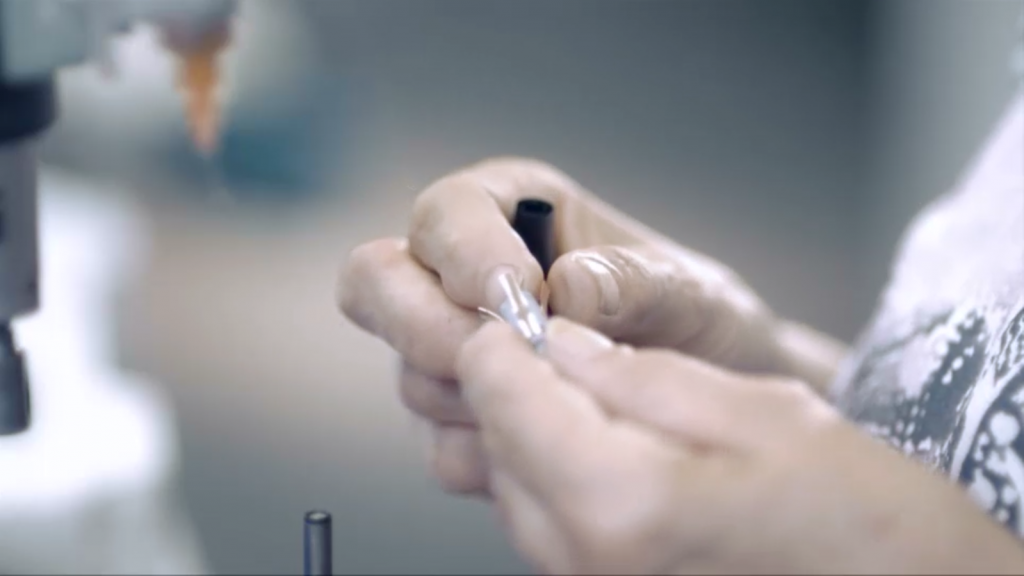
Quality Control
14. Once assembly is complete, the quality control stage begins. Pens are closely analysed to check for defects.
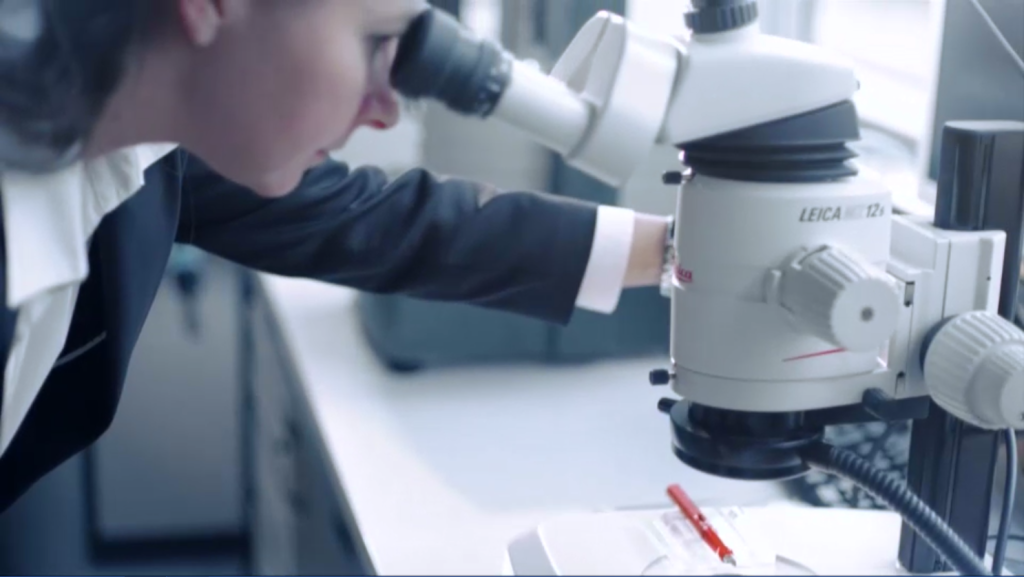
15. They’re then tested both by machines…
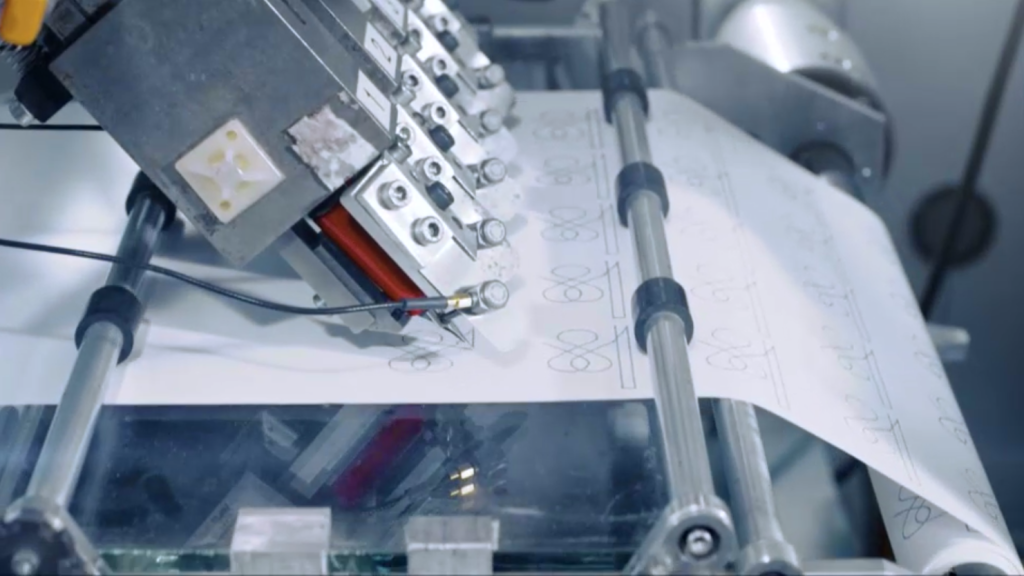
16. ...and by hand to ensure that each finished pen operates according to LAMY's own superior standards.
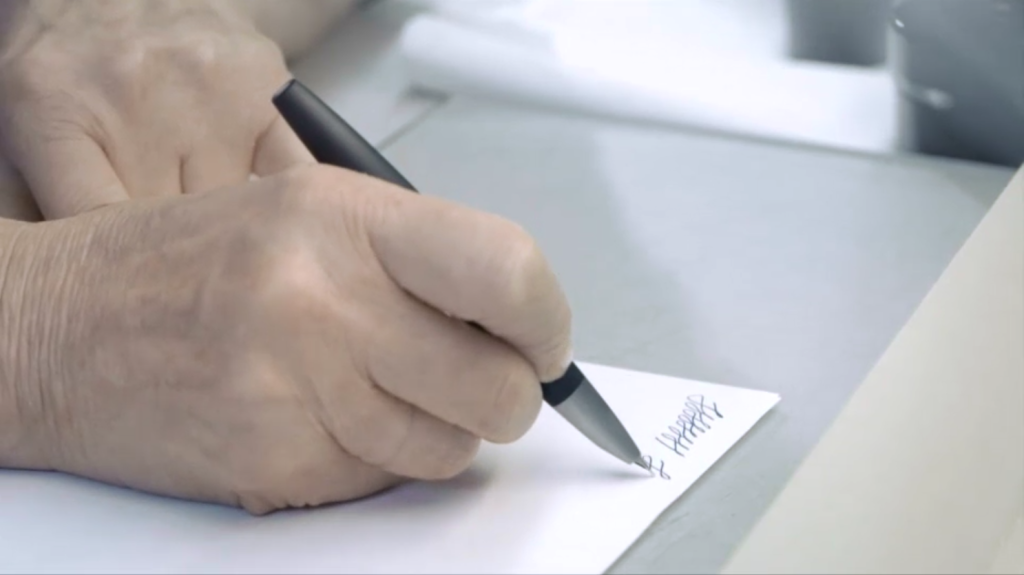
17. The pens are then packaged and shipped off to distributors and retailers worldwide.
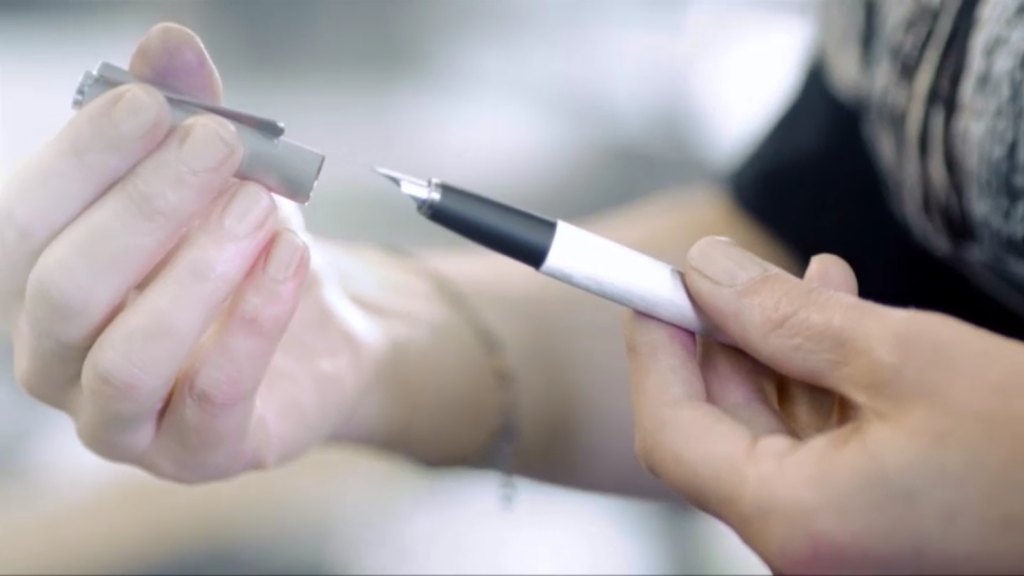





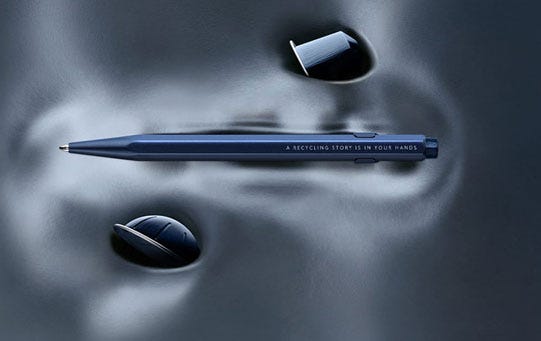

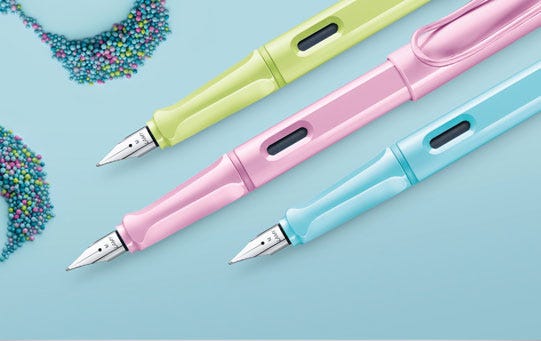
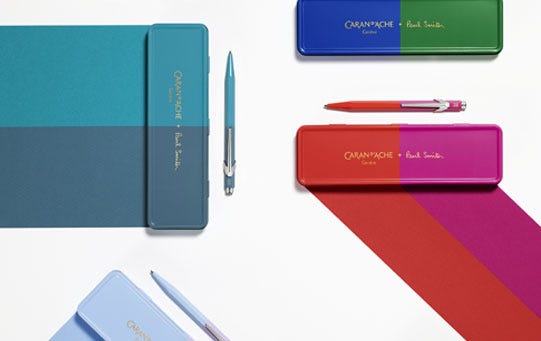

Comments